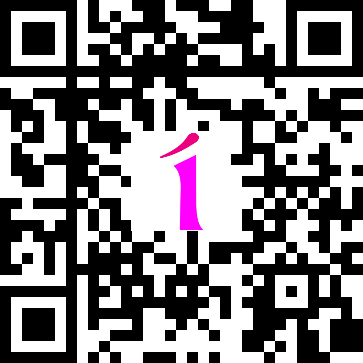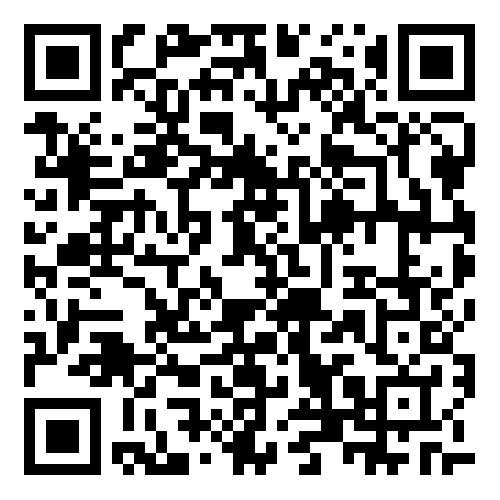
Female Bone Density Chart by Age: BMD, Tests & Normal Ranges Explained
Bone health is an essential aspect of overall well-being, particularly for women who are at a higher risk of developing osteoporosis and related fractures as they age. Maintaining strong bones throughout life requires knowledge of how bone density changes over time, the factors affecting it, and the diagnostic tools available to monitor it. This article delves into the concept of bone mineral density (BMD), the significance of a female bone density chart by age, and the role of tests like the DEXA scan and BMD test in assessing bone health.
Understanding Bone Mineral Density (BMD)
Bone Mineral Density (BMD) is a measure of the amount of minerals, primarily calcium and phosphorus, in a specific volume of bone. BMD reflects bone strength and is a critical indicator of the risk of fractures or conditions like osteoporosis. A higher BMD indicates stronger bones, while a lower BMD suggests bone thinning and fragility.
Bone density naturally peaks in the late 20s to early 30s. After this, women gradually lose bone mass, a process that accelerates during and after menopause due to declining estrogen levels. A BMD test can help determine where an individual stands on the bone health spectrum. Referring to a female bone density chart by age can provide valuable insights into expected BMD levels at different life stages.
What is a Bone Density Test?
A bone density test, also known as a BMD test, is a diagnostic procedure used to measure bone strength. This test evaluates the mineral content in bones, providing insights into the risk of osteoporosis and fractures. The results from a bone density test are compared to a female bone density chart by age, which outlines normal ranges based on age and gender.
The BMD test normal range varies depending on age and other factors. For most young, healthy adults, a T-score of -1.0 or higher is considered normal. Scores between -1.0 and -2.5 indicate low bone mass (osteopenia), while a score of -2.5 or lower signifies osteoporosis. Tracking results against a female bone density chart by age helps in assessing bone health trends over time.
DEXA Scan: The Gold Standard for Bone Density Measurement
The DEXA scan (Dual-Energy X-ray Absorptiometry) is the most widely used method for measuring bone density. This non-invasive, painless procedure uses low-dose X-rays to assess bone density in the spine, hip, and other critical areas.
Why is the DEXA Scan Important?
- Early Detection: Identifies osteoporosis or osteopenia before fractures occur.
- Fracture Risk Assessment: Estimates the likelihood of fractures in the next 10 years.
- Monitoring Bone Health: Tracks changes in bone density over time, particularly after starting treatments.
The DEXA scan provides a T-score, which compares the individual’s bone density to that of a healthy young adult, and a Z-score, which compares it to others of the same age, sex, and size.
BMD Test Normal Range and Its Implications
The BMD test normal range varies across different life stages. A female bone density chart by age provides a reference for evaluating results from a DEXA scan or other BMD tests.
Bone Density Chart for Women by Age
Age Range | Bone Mineral Density (BMD) |
20-29 | Peak bone mass, T-score > -1.0 |
30-39 | Stable, gradual decline begins |
40-49 | Early bone loss accelerates |
50-59 | Increased risk of osteopenia |
60-69 | High risk of osteoporosis |
70+ | Significant bone loss |
Factors Affecting Bone Density in Women
Several factors influence bone density, either enhancing or reducing it over time:
- Age: Bone density naturally declines with age, particularly after menopause.
- Hormonal Changes: Reduced estrogen levels after menopause accelerate bone loss.
- Dietary Intake: Inadequate calcium and vitamin D can weaken bones.
- Physical Activity: Weight-bearing exercises boost bone strength.
- Genetics: Family history of osteoporosis increases risk.
- Lifestyle Factors: Smoking and excessive alcohol intake are detrimental to bone health.
The Role of a Female Bone Density Chart by Age
It serves as a reference for understanding how bone density fluctuates across different life stages. By comparing test results to this chart, healthcare providers can:
- Identify deviations from expected ranges.
- Diagnose conditions like osteopenia or osteoporosis.
- Develop personalized prevention or treatment plans.
When to Get a Bone Density Test
The National Osteoporosis Foundation recommends a bone density test for the following groups:
- Women aged 65 or older.
- Postmenopausal women under 65 with risk factors (e.g., family history, low body weight).
- Women who experience a fracture after age 50.
- Those with medical conditions or medications associated with bone loss.
Regular monitoring through a DEXA scan and reviewing results against a female bone density chart by age helps in early detection and effective management of bone health issues.
Interpreting BMD Test Results
A BMD test provides a T-score and a Z-score.
- T-score: Compares your bone density to a healthy 30-year-old of the same sex.
- Normal: -1.0 or above
- Low Bone Mass (Osteopenia): Between -1.0 and -2.5
- Osteoporosis: -2.5 or lower
- Z-score: Compares your bone density to what’s expected for someone of your age, sex, and size. A Z-score below -2.0 may indicate abnormal bone loss.
Steps to Improve Bone Health
Regardless of your current bone density, proactive measures can help improve or maintain bone health:
- Adequate Calcium and Vitamin D Intake
- Consume calcium-rich foods like dairy products, leafy greens, and fortified cereals.
- Spend time in sunlight or take supplements for sufficient vitamin D.
- Regular Weight-Bearing Exercises
- Engage in activities like walking, jogging, dancing, or strength training to enhance bone strength.
- Lifestyle Changes
- Quit smoking and limit alcohol intake to reduce bone loss risk.
- Medications and Treatments
- For those diagnosed with osteopenia or osteoporosis, medications like bisphosphonates can slow bone loss.
- Routine Monitoring
- Schedule periodic BMD tests or DEXA scans to track progress and adjust treatment plans.
BMD Test: A Preventative Tool
The importance of a BMD test cannot be overstated. By identifying issues early, individuals can take steps to prevent fractures and maintain independence in their later years.
Advantages of Early Testing
- Reduces the risk of serious fractures.
- Provides a baseline for monitoring bone health over time.
- Informs lifestyle changes or medical treatments.
Conclusion
Bone health is a cornerstone of a woman’s overall well-being. By understanding the female bone density chart by age and utilizing diagnostic tools like the DEXA scan and BMD test, women can take proactive steps to maintain strong bones and prevent osteoporosis.
Regular monitoring, coupled with lifestyle changes and treatments when necessary, empowers women to enjoy an active and independent life, regardless of age. Tracking bone health over time ensures timely intervention when needed. Prioritize bone health today to secure a healthier tomorrow!
FAQs
Women are at a higher risk of osteoporosis due to hormonal changes, especially after menopause when estrogen levels decline. Maintaining good bone density helps prevent fractures and bone-related conditions.
Bone density typically peaks between the late 20s and early 30s. After this, bone mass gradually declines, with an accelerated loss during and after menopause.
At age 65 or older.
If postmenopausal and at risk for osteoporosis.
After experiencing a fracture at age 50 or older.
If taking medications that affect bone health.
While osteoporosis cannot be fully reversed, its progression can be slowed with lifestyle changes, medications, and proper nutrition.
T-score compares your bone density to that of a healthy young adult.
Z-score compares your bone density to others of the same age, sex, and size.
During menopause, estrogen levels drop, leading to faster bone loss and an increased risk of osteoporosis.





